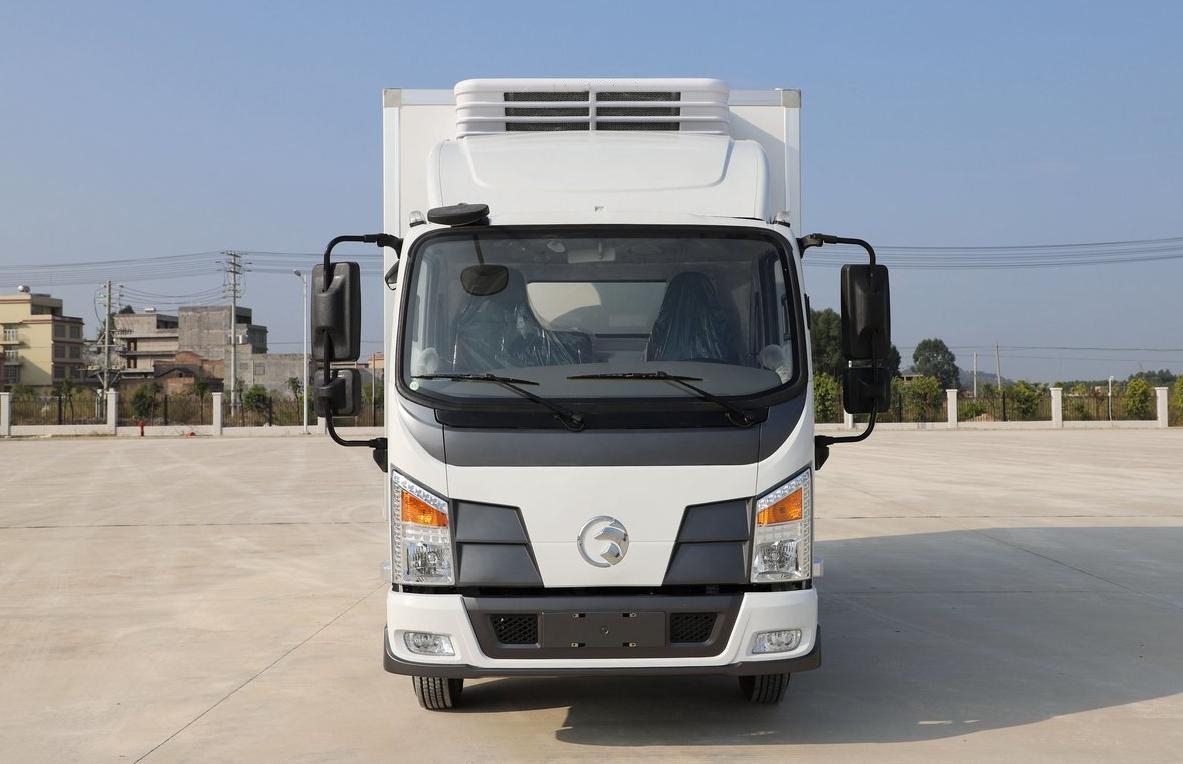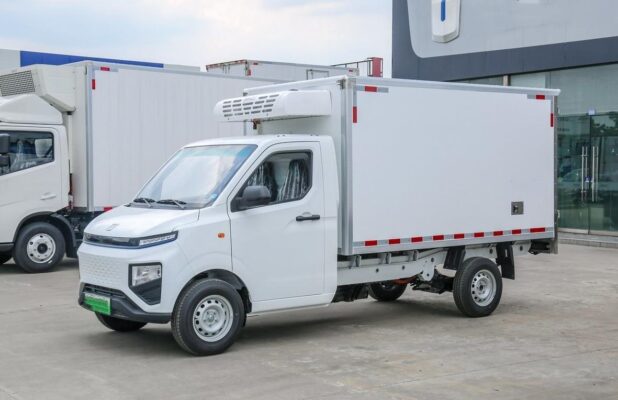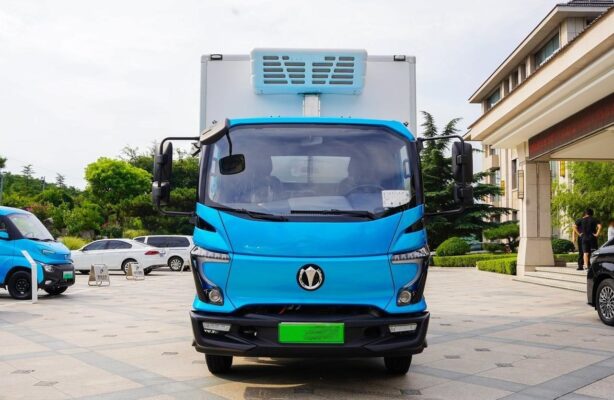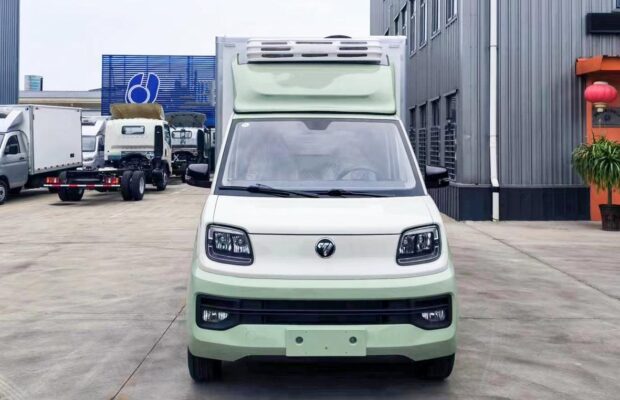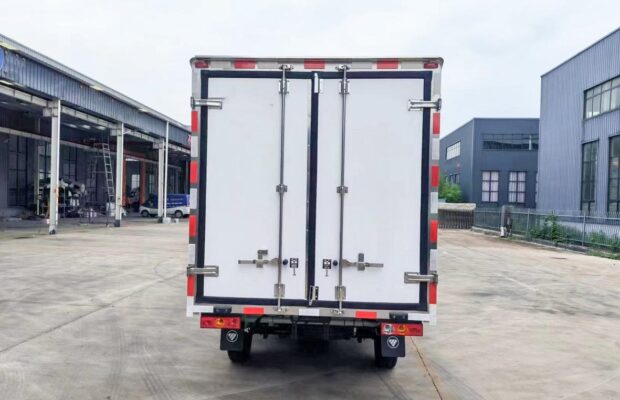Lajme për kamionët elektrikë
Why Are Electric Pickup Trucks Slow?
Electric pickup trucks have emerged as a popular alternative to traditional gasoline-powered vehicles, thanks to their eco-friendly nature and innovative technology. However, many consumers have noted that electric pickup trucks tend to be slower than their internal combustion engine (ICE) counterparts. This article delves into the reasons behind this perceived sluggishness, how it affects practicality, the relationship between speed and range, and what can be done to improve performance.
Understanding the Slow Speed of Electric Pickup Trucks
1. Battery Power Supply
One of the primary reasons electric pickup trucks are slower than traditional trucks is their reliance on battery power. Unlike internal combustion engines, which can generate significant horsepower and torque almost instantaneously, electric motors must work within the limits of their battery capacity.
- Power Output Limitations: The capacity of the battery limits how much power can be drawn at any given time. While electric motors can deliver torque instantly, the energy stored in batteries may not support prolonged high power outputs, particularly during acceleration. This results in a less forceful driving experience compared to conventional engines.
- Dendësia e Energjisë: The energy density of current battery technology plays a significant role in performance. Most electric trucks use lithium-ion batteries, which, while efficient, have a lower energy density compared to the energy produced through gasoline. As such, the vehicle’s ability to accelerate quickly and maintain high speeds is somewhat restricted by battery technology.
2. Low Motor Speed
Electric motors generally operate at lower speeds than traditional gasoline engines.
- Operational Range: Electric motors are optimized for efficiency at lower RPMs (revolutions per minute), while gasoline engines can achieve higher RPMs, providing them with a performance edge in speed. This difference in operating characteristics means that even when both types of vehicles deliver the same power output, electric pickup trucks may not reach the same top speeds as traditional trucks.
- Motor Design: The design of the electric motor can influence its performance. Some motors are designed more for efficiency and torque rather than outright speed, which can contribute to the slower acceleration rates seen in many electric trucks.
3. Lightweight Design
To enhance range and efficiency, many electric pickup trucks are built using lighter materials.
- Material Choices: Manufacturers often use advanced composite materials and aluminum to reduce weight, which aids in energy efficiency. However, a lighter design can sometimes come at the expense of speed, as the vehicle may not be able to generate the same force as heavier, traditional models.
- Aerodynamics: While lightweight designs can improve efficiency, they may also limit how aggressively a truck can be engineered for speed. A well-balanced design focusing on aerodynamics may also hinder speed to maintain stability and efficiency at higher speeds.
4. Performance Trade-offs
The relationship between speed and performance in electric pickup trucks is influenced by several design and engineering considerations.
- Trade-off with Range: As with many electric vehicles, there is a trade-off between speed and range. Higher speeds require more energy from the battery, which can deplete the battery more quickly. This means that manufacturers often prioritize range over raw speed to appeal to consumers’ needs for longer distances without recharging.
- Acceleration vs. Top Speed: While electric motors can provide strong acceleration due to instant torque, this doesn’t always translate to higher top speeds. The vehicle’s gearing and electric motor configuration significantly impact performance characteristics, often favoring quick starts over sustained high speeds.
Impact of Slow Speed on Practicality
Despite their slower speed, electric pickup trucks can still meet the needs of many consumers, particularly in urban environments where short-distance travel is more common.
1. Urban Commuting
For daily commutes, electric pickup trucks offer sufficient speed to navigate city traffic effectively. The majority of urban driving scenarios do not require high speeds, making the typical performance of these vehicles adequate for most drivers.
2. Technological Advancements
Advancements in electric vehicle technology are continually improving the speed and performance of electric pickup trucks. Manufacturers are investing in research and development to enhance battery performance, motor efficiency, and overall vehicle dynamics. As a result, the gap in performance between electric and traditional pickup trucks is gradually narrowing.
3. Growing Market Demand
As the market for electric vehicles expands, consumer expectations are evolving. Many buyers prioritize environmental benefits and energy savings over speed. Electric pickup trucks offer advantages in terms of reduced emissions and lower operating costs, which may outweigh concerns about speed for a significant portion of the market.
Strategies to Increase Speed in Electric Pickup Trucks
Manufacturers are exploring various methods to enhance the speed of electric pickup trucks without compromising range and efficiency.
1. Enhancing Battery Energy Density
- Advanced Battery Technologies: Investing in research to develop batteries with higher energy densities can allow electric pickup trucks to draw more power without sacrificing range. Solid-state batteries and other next-generation technologies may offer solutions to current limitations.
- Battery Management Systems: Improved battery management systems can optimize energy distribution, allowing for better performance while extending the life of the battery.
2. Optimizing Motor Design
- High-Performance Motors: Manufacturers can explore designs that allow for higher RPMs while maintaining efficiency. The development of dual-motor systems or higher torque motors can provide better acceleration and overall performance.
- Adaptive Motor Technologies: Incorporating adaptive technologies that adjust motor output based on driving conditions can enhance the driving experience, allowing for better speed when required.
3. Lightweighting and Aerodynamic Enhancements
- Material Innovation: The use of more advanced lightweight materials can further reduce weight without compromising strength or safety. Innovations in composites and alloys could enhance performance characteristics.
- Improved Aerodynamics: Investing in better aerodynamic designs can reduce drag, allowing electric pickup trucks to reach higher speeds more efficiently. Streamlined shapes and features such as active aerodynamics can help improve speed while maintaining energy efficiency.
The Relationship Between Speed and Range
The relationship between speed and range is a critical consideration in the design of electric pickup trucks.
1. Speed Versus Energy Consumption
As speed increases, energy consumption tends to rise, resulting in a decrease in driving range. This is because the higher the speed, the more energy is needed to overcome air resistance and other forms of drag.
2. Design Considerations
Manufacturers must balance speed and range during the design process to meet consumer needs. Offering various driving modes, such as “eco” for efficiency and “sport” for enhanced performance, can help cater to different preferences while managing the inherent trade-offs.
Market Competitiveness of Electric Pickup Trucks
The slower speed of electric pickup trucks can indeed affect their competitiveness in the market. However, several factors play a role in shaping consumer choices.
1. Consumer Preferences
For many consumers, speed is just one of several factors influencing their purchasing decisions. Features such as towing capacity, range, safety, and environmental impact are also critical considerations. As awareness of the benefits of electric vehicles increases, consumers may prioritize these factors over speed.
2. Technological Progress
As manufacturers continue to innovate and improve the performance of electric pickup trucks, their speed will likely increase. This trend will help address any concerns regarding speed and performance, making these vehicles more appealing to a broader audience.
3. Environmental Impact
The environmental benefits of electric pickup trucks—such as reduced greenhouse gas emissions and lower operating costs—are becoming increasingly important to consumers. This focus on sustainability may offset concerns about speed and performance for many buyers.
Conclusion
Electric pickup trucks are slower than their traditional counterparts due to a combination of factors, including battery power supply limitations, lower motor speeds, and the need for lightweight designs to enhance efficiency. While their speed may not rival that of gasoline-powered trucks, electric pickup trucks are perfectly suitable for many users, particularly in urban settings where high speeds are less critical.
As technology continues to evolve, the speed and performance of electric pickup trucks are expected to improve. Innovations in battery technology, motor design, and aerodynamics will contribute to making these vehicles more competitive in the market. Ultimately, the shift towards electric vehicles, with their environmental benefits and lower operating costs, is likely to shape the future of the automotive industry, allowing electric pickup trucks to carve out a significant niche among consumers seeking a sustainable and practical solution for their transportation needs.
